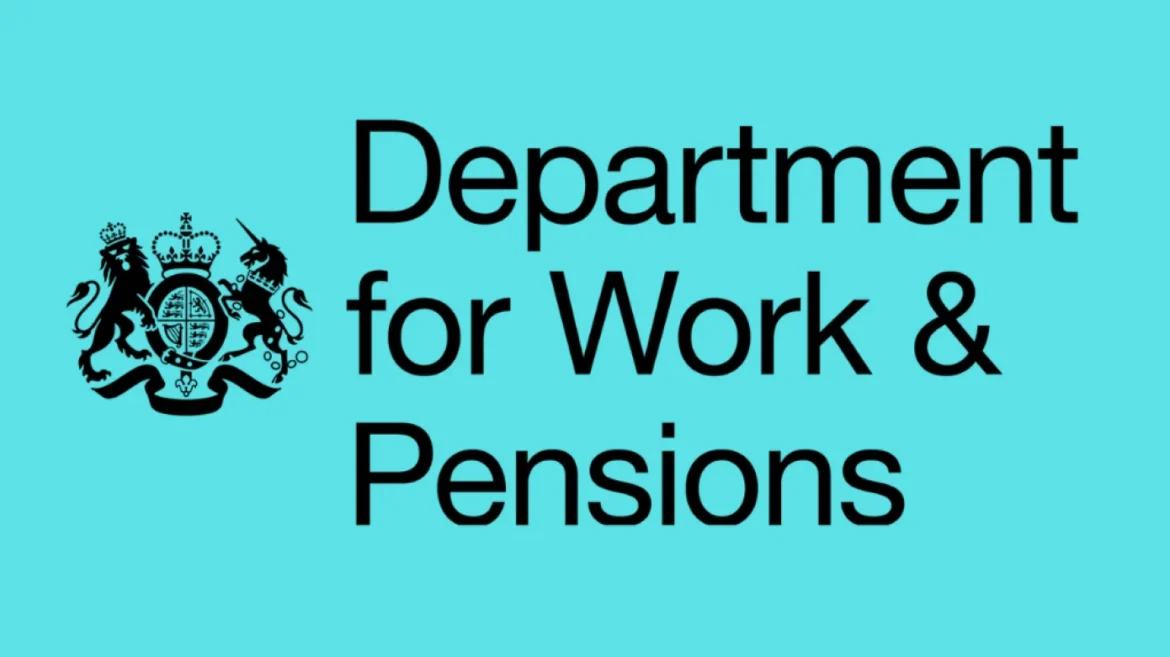A cross-party committee of MPs has raised grave questions about how well DWP safeguarding policies defend vulnerable benefit claimants. Recent studies have exposed hundreds of incidents when safeguarding shortcomings inside the Department for Work and Pensions (DWP) have led to major damage, including fatalities. These results highlight the pressing necessity of reforms to improve DWP safeguarding policies and guarantee the welfare system performs as expected to assist people depending on it.
This blog investigates the main concerns about present safeguarding policies, the reasons reform is required, the particular actions advised, and the DWP’s response to these calls. The intention is to give a concise, pragmatic summary of a major welfare system dilemma.
What are the main problems with the DWP safeguarding policies?
The committee’s findings show that some of the most vulnerable members of society are not sufficiently safeguarded by the present DWP policies. Two sad and well-known incidents powerfully show this lack. After his benefits were terminated in 2018, a disabled man with a long history of mental illness, Errol Graha, starved to death. Philippa Day, a mother who was mistakenly denied disability payments for several months, her away in 2019 from an overdose.
In both cases, coroners found that DWP personnel did not fully consider the complicated and severe problems these applicants encountered. Claimants reported the benefits system as alienating and unsupportive, elements which greatly increased their vulnerability.
This isn’t a one-sided problem. The committee compiled evidence from many applicants who said their dealings with the DWP were upsetting and cause for concern. One claimant remarked movingly, “It felt like a system meant to wrap its arms around us is strangling us.”
Social security rules, which include deductions and penalties, have also been improperly used against needy people. This misapplication raises financial hardship and elevates the risk of damage, showing basic inadequacies in the safeguarding structure.
Why Is Reform of DWP Safeguarding Measures So Critical?
One cannot emphasize how urgently reform is needed. The committee’s conclusions highlight how the DWP’s cost-cutting priorities have come at a great human cost, eroding confidence in the welfare system. Vulnerable applicants experience too much stress, which occasionally has disastrous results.
The DWP has internally examined more than 240 cases involving deaths or major injuries connected to official actions or inactions since 2020. Notwithstanding these assessments, the department still lacks a clear understanding of the full extent of harm resulting from insufficient protection. The committee voiced great worry about the unknown actual count of vulnerable applicants, either severely injured or lost.
Moreover, nine times since 2013, coroners have produced official recommendations suggesting the DWP intervene to stop future deaths. Still, there are questions about the department’s efficient “marking of its homework,” which generates a conflict of interest and compromises responsibility using its investigations.
Lack of openness and independent supervision has slowed down development and left weaker applicants at ongoing risk. Thus, restoring public confidence and, above all, saving lives depends on bettering DWP safeguarding policies. Read another article on Welfare Cuts UK Impact
Which steps are advised to improve DWP safeguarding policies?
The committee’s recommendations focus on developing a structure that guarantees safety, accountability, and compassion for vulnerable claimants. Central to this is the proposal for a formal duty to safeguard vulnerable persons within the welfare system. Under such a legal requirement, the DWP would have to regularly and firmly embed safeguarding policies throughout its activities.
This role is supposed to drive culture change within the department. It would guarantee that safeguarding takes front stage in staff training, policy development, and daily decision-making. More importantly, should safeguarding failures take place, it would establish a system for responsibility.
Establishing an autonomous review board charged with looking at significant safeguarding mistakes is another important idea. This organization would guarantee that the DWP cannot avoid accountability by means of self-evaluation of its own shortcomings and offer unbiased control. Independent scrutiny would promote transparency and enable meaningful reforms.
The committee also underlined the need to include claimants in developing new safeguarding strategies. Including persons with lived experience provides useful insights that could increase DWP protection policies efficacy and sensitivity.
How Is the DWP Responding to Calls for Better Safeguarding?
The DWP is actively consulting on a new safeguarding framework after openly admitting the need for change. A spokesman confirmed the government’s will to rebuild confidence in the welfare system by significant transformation and safeguarding vulnerable individuals.
This consultation process encourages input from claimants, charities, and others, trying to establish safeguarding practices that benefit vulnerable individuals rather than causing unnecessary harm. The department has promised improvements that focus on empathy, fairness, and accountability.
While this is a great move, experts and campaigners contend that concrete legal changes and independent oversight are necessary to ensure sustainable improvements in DWP safeguarding procedures.
What wider effects might strengthened DWP safeguarding measures have?
Enhancing safeguarding in welfare provides wider social and financial advantages in addition to helping to prevent damage. Vulnerable claimants who feel supported are more likely to interact favorably with the system, therefore enhancing their welfare and independence.
Improved protection can help to lower needless expenses related to crises, emergency services, and long-term health care resulting from unmet adversity. It also helps restore confidence between applicants and the government, therefore improving the whole efficiency of the benefits system.
The need for reform shows a larger understanding that social security should be a safety net, shielding rather than a punishing tool for weaker members of society.
Final Thought: Giving Safer and Stronger DWP Safeguarding Measures top priority
The evidence is clear. Inadequate current DWP safeguarding policies have caused avoidable harm to vulnerable claimants. Important first steps toward a safer, more responsible welfare system are enacting a statutory safeguarding obligation, establishing independent monitoring, and including claimants in change.
Policymakers and interested parties have to move quickly to ingrain these improvements. By doing this, not only will vulnerable people be protected but also faith in a system meant to assist those most in need will be rebuilt.
The UK can create a just, humane, and efficient welfare system by giving better DWP safeguarding measures top priority.


